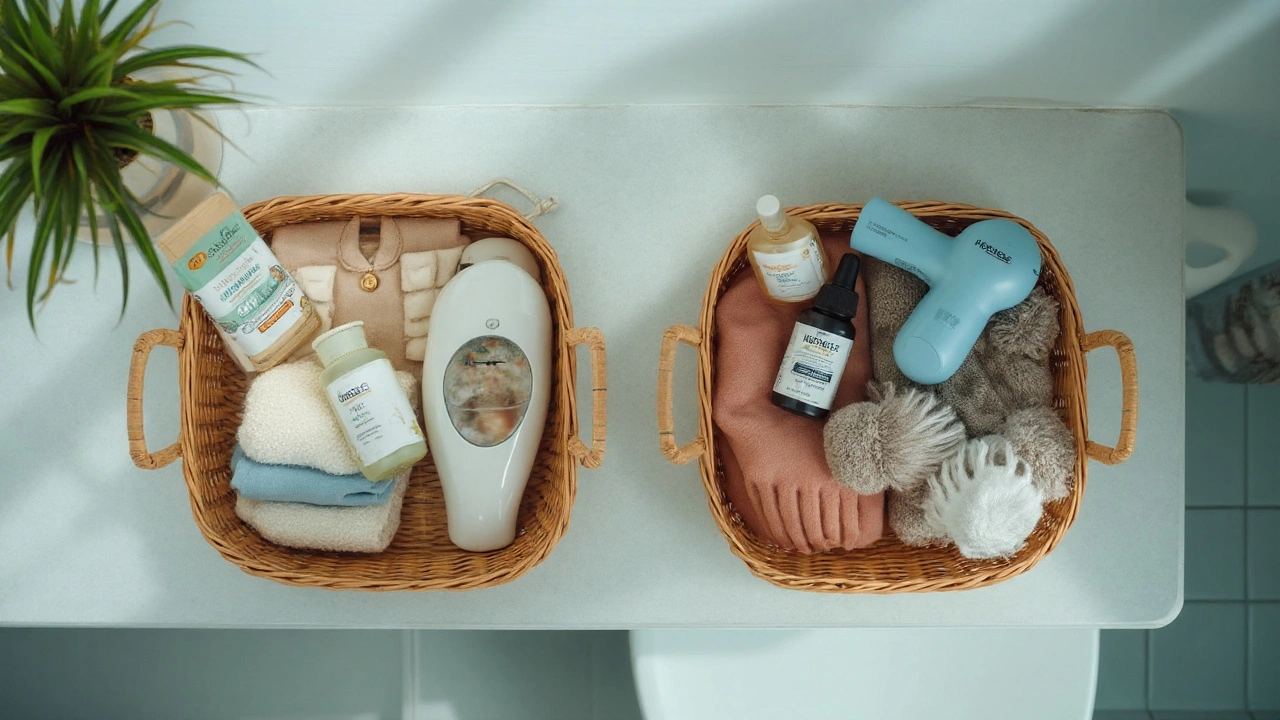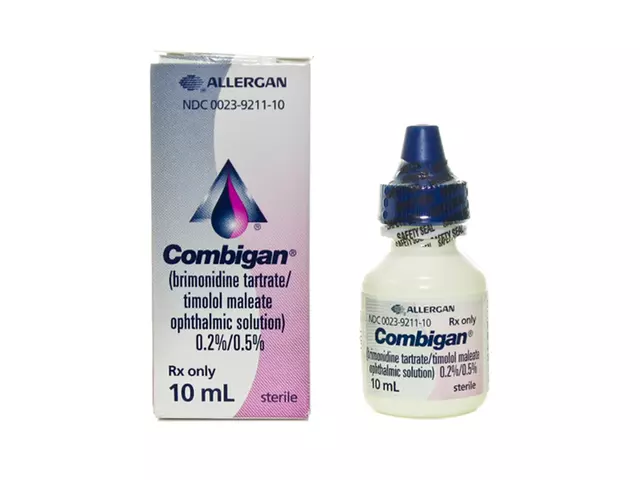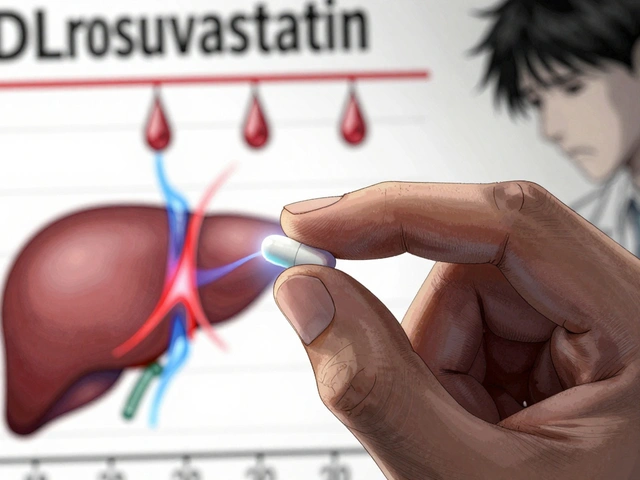TL;DR
- Start simple: daily emollient, quick lukewarm showers, gentle cleanser, trigger control, and a proven soothing add-on (oatmeal, aloe, ceramide-rich cream, sunflower or coconut oil if tolerated).
- Patch test every new product. Natural doesn’t always mean safe-essential oils and vinegars can make eczema worse.
- Evidence-backed helpers: colloidal oatmeal baths/creams, ceramide moisturisers, virgin coconut oil, sunflower seed oil, aloe vera gel, brief sun exposure with sunscreen, stress-skin routines.
- Skip or be sceptical: apple cider vinegar soaks, tea tree oil on broken skin, undiluted essential oils, evening primrose/borage oil (limited benefit), extreme elimination diets without allergy proof.
- See a doctor fast if there’s infection (yellow crusts, pus, fever), eye/face involvement, sleep loss, or no improvement after 2-4 weeks of steady care.
Itching that hijacks your sleep isn’t “just dry skin.” Eczema (atopic dermatitis) is a barrier problem with a trigger-happy immune system. Natural care can help a lot, but it has to be the right kind, used the right way. I live in Melbourne where hot, windy days and indoor heating can wreck skin. What’s worked for me and people I’ve helped: a boringly consistent routine, a short list of proven add-ons, and ruthless trigger control. Expect calmer skin in days, steadier gains in weeks.
What Works (and What to Skip): Evidence‑Based Natural Remedies for Eczema
Before anything else: simpler wins. Your skin barrier wants moisture, not surprises. You’ll get further with a fragrance‑free emollient and smart bathing than with a cabinet full of exotic oils.
What to prioritise, based on dermatology guidelines (AAD, NICE, Australasian College of Dermatologists) and recent reviews:
- Colloidal oatmeal (baths or creams). Oat compounds (avenanthramides, beta‑glucans) soothe itch and reduce inflammation. Use 1-2 cups of finely ground oat in a 10-15 minute lukewarm bath or apply an oatmeal‑containing moisturiser.
- Ceramide‑rich moisturisers. Not “kitchen natural,” but barrier‑mimicking and widely recommended. They cut flares when used daily.
- Virgin coconut oil. Small trials suggest it reduces bacteria on skin and improves dryness more than mineral oil. Use the unrefined type, thin layer on damp skin, once or twice daily. Avoid if you have coconut allergy or clogged pores from oils.
- Sunflower seed oil. High in linoleic acid; helps barrier repair and itch. Use a few drops on damp skin. Choose plain, cold‑pressed, food‑grade. Avoid if seed‑oil allergies.
- Aloe vera gel (plain, no fragrance). Cooling, anti‑inflammatory in small studies. Good for mild itch and heat rash overlap. Patch test first to avoid sting.
- Dead Sea/magnesium salt soaks. Some people feel less itch and scaling. Try 1-2 times weekly, 10 minutes, then moisturise immediately.
- Brief morning sunlight (with sunscreen). Short, controlled exposure can help some people. Protect with SPF 50+ on exposed areas; avoid burn.
- Mind-skin routines. Scratching is a loop. Breathing drills, short mindfulness breaks, and anti‑itch habits (cool compress, moisturise, distract hands) matter more than they sound.
What to be careful with or skip:
- Apple cider vinegar soaks. Despite the hype, clinical testing showed more irritation than benefit on eczema skin.
- Tea tree oil. Popular in Australia but a common contact allergen, especially undiluted. Do not use on broken skin.
- Undiluted essential oils. Natural, yes; safe on inflamed skin, often no.
- Evening primrose/borage oil (oral). Cochrane reviews don’t show convincing benefit for eczema relief.
- DIY steroid replacements. There are none. Natural care can reduce how often you need medicated creams, but it doesn’t replace them when you’re flaring hard.
Diet: keep it boring and balanced. Unless you’ve got a proven food allergy, broad eliminations (dairy, gluten) aren’t reliable eczema fixes and can cause nutrition gaps. If flares track a food, get allergy testing and a dietitian plan-don’t guess. One exception that’s often safe: vitamin D in winter if you’re low or rarely in the sun-ask your GP for a quick check.
Home environment: eczema loves dry air and heat.
- Showers: 5-10 minutes, warm not hot. Pat dry, then moisturise within 3 minutes.
- Humidify: aim for 40-50% indoor humidity in winter if your place runs dry.
- Wardrobe: breathable cotton or bamboo; avoid scratchy wool against skin.
- Laundry: fragrance‑free detergent, extra rinse. Fabric softener is a common trigger.
- Hands: use soap‑free wash and carry a pocket moisturiser. Gloves for cleaning/gardening.
Real‑life note: I once swapped detergents and my forearms lit up before I finished the first wash. My partner Anastasia could smell the fragrance a room away. I switched back, ran one extra rinse, and the rash settled within a week-proof that triggers can be hiding in plain sight.
| Remedy | Evidence strength | Best use | How often | Avoid if |
|---|---|---|---|---|
| Colloidal oatmeal | Moderate | Itch relief, red patches | Bath 2-3x/wk or cream daily | Oat allergy, severe weeping skin |
| Ceramide moisturiser | High (guideline‑backed) | Daily barrier repair | 2-4x/day | Fragrance allergy (pick fragrance‑free) |
| Virgin coconut oil | Low-moderate (small RCTs) | Dryness, mild antimicrobial | 1-2x/day on damp skin | Coconut allergy, acne‑prone areas |
| Sunflower seed oil | Low-moderate | Barrier support, itch | 1-2x/day on damp skin | Seed allergy |
| Aloe vera gel | Low | Cooling, mild flares | 1-2x/day | Sting, preservative sensitivity |
| Dead Sea/magnesium soaks | Low-moderate | Scaling, itch | 1-2x/week, 10 min | Open skin, active infection |
| Vitamin D (oral, if low) | Moderate | Winter flares, deficiency | As advised by GP | High calcium, kidney issues |
Sources for the table judgments: American Academy of Dermatology guidelines (2023), NICE eczema guidance (updated 2023), Australasian College of Dermatologists statements (2024), and recent dermatology reviews and small randomized trials. The aim here is practical accuracy, not lab‑grade precision.

How to Use Them Safely: Daily Routine, Dosages, and Patch‑Testing
If you only change one thing, change your routine. Consistency beats novelty every time.
Your baseline routine (works for kids and adults):
- Cleanse quick and smart
- 5-10 minute lukewarm shower (around 37-38°C). Avoid long hot baths-they strip oils.
- Use a soap‑free, fragrance‑free cleanser on sweaty/dirty bits; rinse well.
- Soak and seal
- Optional on flare days: 10-15 minute oatmeal bath (finely ground oats), then pat dry.
- Within 3 minutes, apply a generous layer of emollient (ceramide cream or greasy ointment) from neck to toes. Think thick and boring.
- Spot treat dry plaques with a thin film of virgin coconut or sunflower oil over your moisturiser for extra seal (if tolerated).
- Daytime defense
- Carry a travel‑size moisturiser; reapply after handwashing or when skin feels tight.
- Wear breathable layers; swap out anything scratchy that hits your rash zones.
- Sun sense: in Australia, use SPF 50+ broad‑spectrum. Reapply every 2 hours outdoors.
- Night reset
- Re‑moisturise thickly before bed. For stubborn patches, add a damp cotton layer under a dry layer (wet‑wrap style) for 30-60 minutes, then remove and moisturise again.
- Keep nails short. Consider cotton gloves for kids who scratch at night.
Patch‑test every new product. Here’s a fast, reliable method:
- Apply a pea‑sized amount to the inner forearm or behind the knee twice daily for 3 days.
- Wait 2 more days. If there’s no red, itchy, or scaly reaction by day 5, it’s safer to use on larger areas. If it stings on broken skin, stop and retry after healing.
How much moisturiser do you actually need?
| Area | Typical weekly emollient needed (adult) | Tip |
|---|---|---|
| Face/neck | 15-30 g | Use lighter cream by day, thicker at night |
| Both hands | 25-50 g | Reapply after every wash |
| Each arm | 25-50 g | Up the amount in winter |
| Each leg | 50-100 g | Seal within 3 minutes post‑shower |
| Trunk | 100-200 g | Prefer ointment if very dry |
| Whole body | 250-500 g | Buy larger tubs to save money |
These are standard dermatology ballparks (you’ll find similar numbers in AAD and NHS guidance). If your tub vanishes fast, you’re probably doing it right.
When to layer what:
- On calm days: moisturiser only.
- On itchy days: oatmeal bath or aloe, then moisturiser, then thin oil seal on the worst spots.
- On hot, sweaty days: skip heavy oils in the morning; moisturise lighter and more often.
- On windy/cold Melbourne days: ointment texture morning and night, scarf on the neck, and bring lip balm for perioral dryness.
What about kids and babies?
- Yes to fragrance‑free moisturisers many times a day; yes to gentle oatmeal baths.
- No to essential oils; no to vinegar soaks; no to honey on broken skin.
- Wet‑wraps are very effective during flares-ask your GP or pharmacist to show you once.
What about pregnancy?
- Moisturisers, oatmeal, aloe, sunflower oil are fine for most. Avoid new essential oils.
- If you need steroids or calcineurin inhibitors, your GP can advise safe use. Don’t suffer through severe flares; poor sleep and infection are bigger risks.
Hands and eyelids (high‑risk zones):
- Hands: switch to soap‑free wash, moisturise after every wash, cotton under rubber gloves for wet chores, keep a tube in your bag and in the car.
- Eyelids: no fragranced anything; avoid haircare products that run onto lids. Use bland emollients only and see a doctor early if red, scaly, or swollen.
Hard rules that save skin:
- Fragrance‑free everything: cleanser, moisturiser, laundry detergent.
- Short showers, immediate moisturiser. “Three‑minute rule” after water exposure.
- Patch‑test. Every time. Even “natural.”
- Don’t scratch; press or cool instead. Keep an ice pack wrapped in cloth handy.

Quick Tools: Checklists, Comparisons, and FAQs
Decision helper: should you try a remedy?
- Is the skin open, weeping, or crusted? If yes, no oils/gels-see a doctor for possible infection.
- Do you have a known nut/seed/coconut allergy? If yes, avoid those oils.
- Is it fragranced or an essential oil? If yes, probably skip on active eczema.
- Did it sting on your patch test for more than a minute? If yes, skip for now and retry only when the skin is calmer.
Natural remedy playbook (step‑by‑step examples):
- Oatmeal bath day
- Grind plain oats to a fine flour. Add 1-2 cups to a lukewarm bath, swirl.
- Soak 10-15 minutes. Pat dry. Moisturise thickly within 3 minutes.
- Seal worst spots with a few drops of sunflower oil.
- Aloe cool‑down
- Refrigerate a small bottle of plain aloe gel.
- After a short shower, dab a thin layer on hot, itchy patches. Wait 2 minutes.
- Apply your moisturiser over the top.
- Coconut oil night seal
- On damp skin, rub a pea‑sized amount between palms and press on dry plaques.
- Slip on cotton pyjamas to reduce transfer to sheets.
Trigger checklist (print or save this):
- Laundry: fragrance‑free detergent, extra rinse, skip softener.
- Clothes: label check-no wool against skin; pre‑wash new clothes.
- Bathroom: water temp warm, showers 5-10 minutes, moisturiser within 3 minutes.
- Home: humidity 40-50% in winter, dust weekly, vacuum soft surfaces.
- Work/school: hand cream at desk, cotton gloves for irritant tasks.
- Pets: regular bathing/brushing and HEPA vacuuming if dander seems to trigger flares. (Our Afghan hound, Oscar, is gorgeous but high‑maintenance on shedding days.)
What the evidence says (short version):
- AAD/NICE/ACD all put moisturisers and trigger control at the center. Natural add‑ons can help, but they’re not core treatment by themselves.
- Colloidal oatmeal and ceramide creams have the most consistent real‑world benefit for itch and dryness.
- Virgin coconut and sunflower oils help barrier function for many, but patch test and avoid if acne‑prone or allergic.
- Probiotics: mixed results; not a reliable eczema fix in 2025.
- Evening primrose/borage oil: not convincingly helpful.
Mini‑FAQ
- Will cutting out dairy/gluten fix my eczema? Only if you have a true allergy or intolerance. Get proper testing before cutting big food groups.
- Is honey safe on eczema? Medical‑grade honey has antibacterial effects, but it’s sticky and can irritate open skin. Patch test and keep it off broken skin.
- Are bleach baths natural? No. They can reduce bacteria during bad flares if a doctor recommends them, but they’re not a “natural remedy.”
- Can sunscreen make eczema worse? Some can. Pick fragrance‑free, sensitive‑skin sunscreens. Mineral (zinc) formulas are often better tolerated.
- Does hard water matter? In some places, yes. Melbourne water is generally softer, but if you notice tightness after washing, moisturise right away and consider a gentle shower filter.
- How long until I see results? Itch can ease in days with a good routine; texture and redness often need 2-4 weeks of consistency.
Next steps and troubleshooting
- If you’re a beginner: start with three moves today-short warm shower, thick fragrance‑free moisturiser within 3 minutes, and swap your detergent for fragrance‑free.
- If you’ve tried “everything” and still flare: strip your routine back to basics for 2 weeks. One cleanser, one moisturiser, one add‑on (oatmeal or aloe). Track symptoms daily.
- If hands are the main issue: carry moisturiser, wear gloves for chores, and avoid hand sanitisers with high fragrance. Ask your pharmacist about barrier creams for workdays.
- If your child is suffering: learn wet‑wraps from your GP or pharmacist; they make a fast difference during flares.
- If sleep is broken by itch: cool the room, use a fan for airflow, pre‑bed moisturise, and keep a chilled aloe gel or cool compress at the bedside.
- If nothing changes after 2-4 weeks: see a GP or dermatologist. You might have contact dermatitis on top of eczema, need short‑course medicated creams, or be a candidate for newer non‑steroid options.
Red flags-don’t wait it out:
- Yellow crusts, pus, fever, or rapidly spreading redness
- Significant eye or eyelid involvement
- Extensive rash in infants, or poor feeding/sleep
- Painful cracks that won’t heal
Final thought: the best natural remedies for eczema are rarely flashy. Think clean, moisturise, seal, protect, repeat. Boring is beautiful when it means you sleep through the night without scratching.
Credibility notes: Treatment advice here aligns with current guidance from the American Academy of Dermatology, National Institute for Health and Care Excellence, and the Australasian College of Dermatologists, plus recent clinical reviews through 2025. For product safety in Australia, check listings with the Therapeutic Goods Administration and talk to your GP or pharmacist.











Ryan Argante
30 Aug 2025 at 09:13Interesting breakdown. I appreciate the emphasis on consistency over novelty. The ceramide moisturizer recommendation alone is worth the read-most people chase the latest ‘miracle oil’ and ignore the foundational stuff.
Also, the ‘three-minute rule’ after showers? Genius. I’ve seen patients waste months on exotic treatments while neglecting the most basic barrier repair. Simple wins. Always.